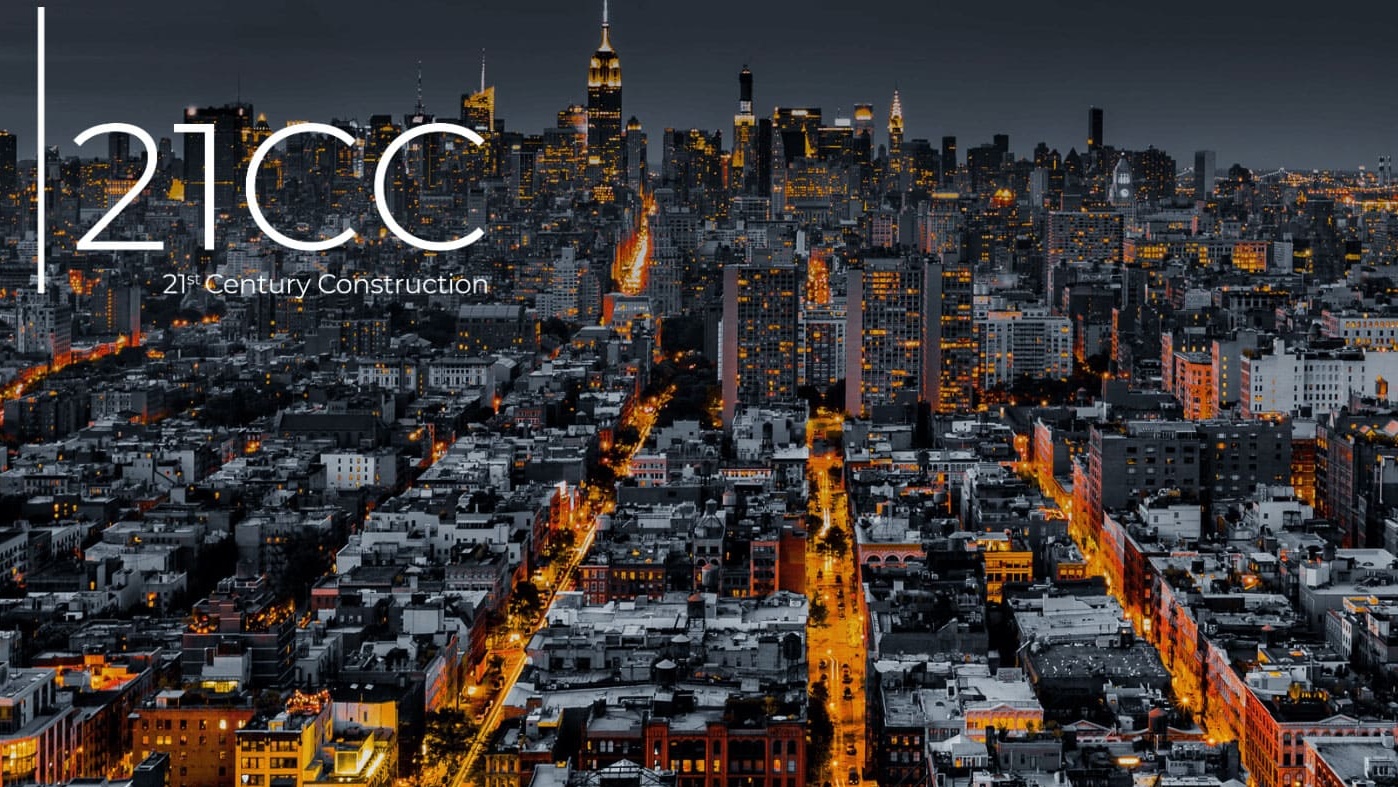
Can circular construction save us from the ‘conveyor belt of doom’? The November episode of the 21CC podcast talks to those trying to shift industry’s mindset from linear to circular.
We know that the linear way we build now – where materials make a one-way trip from the earth to landfill – is dangerously unsustainable.
It assumes too many infinites: infinite raw materials; infinite space for waste; and infinite capacity of the biosphere to absorb the greenhouse gases that the one-way trip produces.
But what can we do?
This month, the 21CC podcast explores the possibility of a so-called circular construction industry, where high-value inputs are not thrown away, but instead are repurposed for new structures.
We speak to the authors of a seminal report from Cornell University on how one of the world’s biggest economies, the State of New York, could jump off the ‘conveyor belt of doom’ by going circular with construction.
We meet the team behind two landmark office-tower refurbishments that made material reuse a central goal in Brussels, a city that now requires developers to embrace ‘urban mining’.
And we hear from a structural engineer involved in the redevelopment of London’s Elephant & Castle, which used 96 tonnes of steel from existing buildings there, preventing around 125 tonnes of CO2 from going into the atmosphere and showing that even partial steps can have big impacts.
We may not be at the tipping point where circularity becomes business as usual yet, but it’s possible now to see what such a tipping point might look like.
Don’t miss out on BIM and digital construction news: sign up to receive the BIMplus newsletter.












